
Arizona might win big points for sunshine, but retiring here isn’t all poolside margaritas and golf courses. Soon your tires start melting, a scorpion moves in, the neighbor’s AC bill makes you gasp—and that’s just the first month. Here’s what you should know before unpacking in the Southwest as a retiree.
Extreme Heat
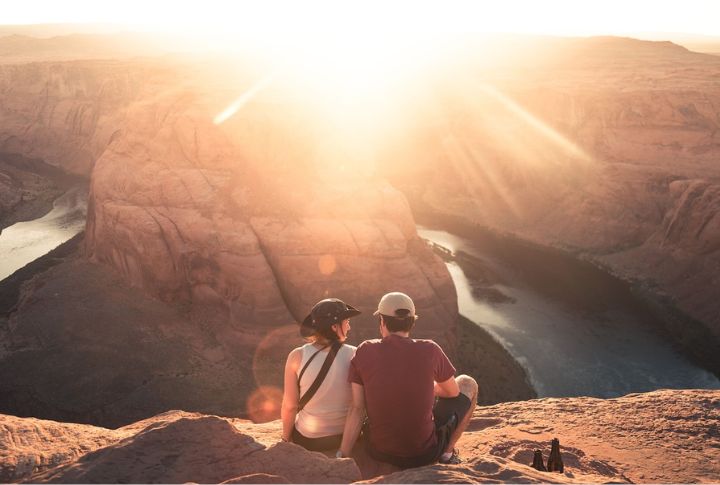
Arizona’s summers exceed 110°F and sometimes reach as high as 120°F, particularly in cities like Phoenix and Yuma. Triple-digit heat can last over 100 days a year, and nights offer little to no relief. This prolonged, intense heat makes outdoor activities risky for older adults vulnerable to heat exhaustion.
Dust Storms & Monsoons
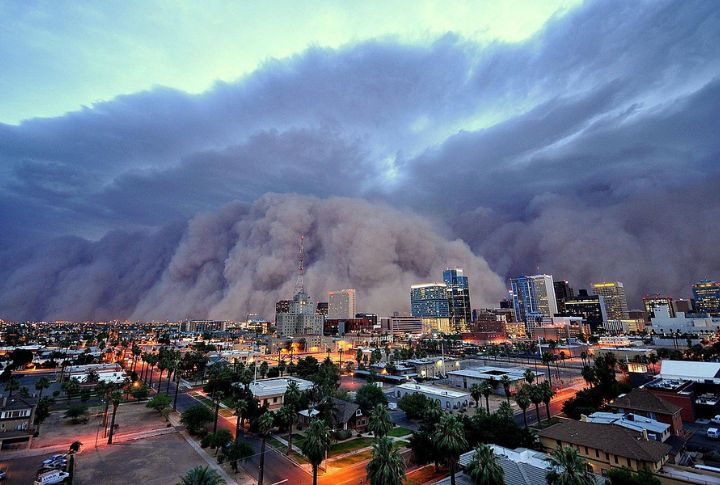
In contrast, Arizona’s monsoon season is also a risk to retirement living. Dust storms reduce visibility, creating dangerous road conditions. Plus, heavy rain quickly overwhelms dry soil, which then triggers flash floods. While common, these events are unpredictable and can be really difficult to manage on your own.
Water Scarcity
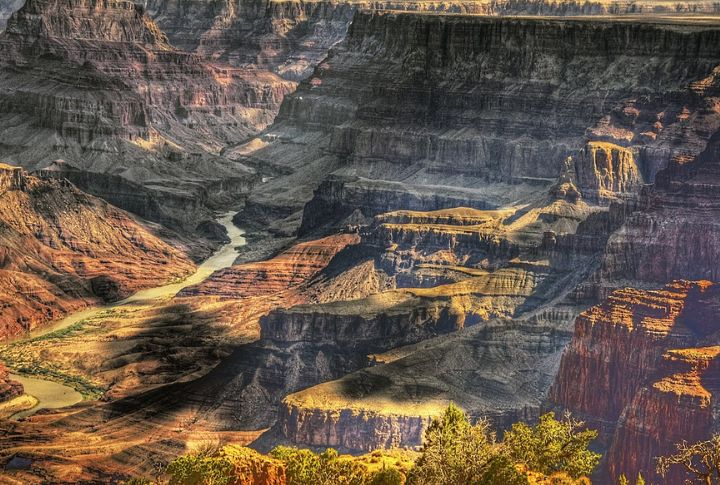
Arizona’s water supply is under strain. Prolonged drought and a shrinking Colorado River have forced conservation efforts. Cities now enforce watering restrictions and tiered pricing. Retirees may face higher bills and limited irrigation, especially as population growth outpaces water availability. Turns out, investment in sustainability is not helping anyone.
Car Dependency
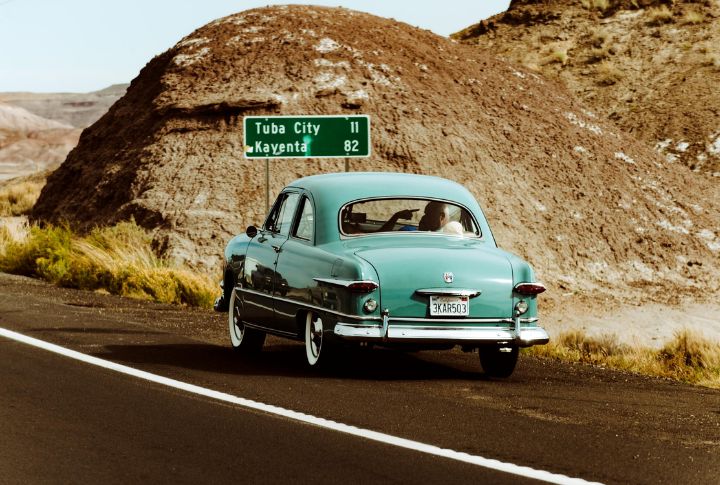
Arizona stretches far and wide, but its transit options don’t. Most retirees must drive or get a driver. And a driver in this economy? HAH! Although Phoenix and Tucson offer light rail, their coverage is thin. So, for older residents who prefer walkable communities, this dependence can create isolation.
Rising Cost Of Living
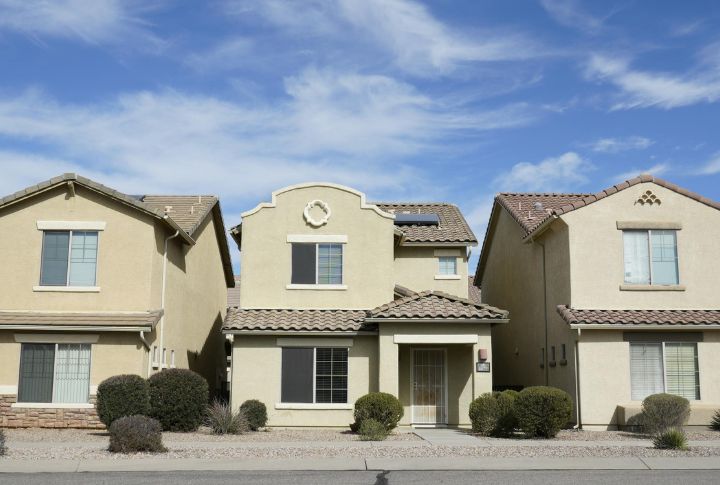
Arizona used to be a budget-friendly choice, but that’s changing. Housing costs have jumped in all those cities that were once “retirement-friendly.” And this is happening due to rising demand and limited supply. Even with no state tax on Social Security, everyday expenses now stretch retirement budgets thin.
Limited Greenery
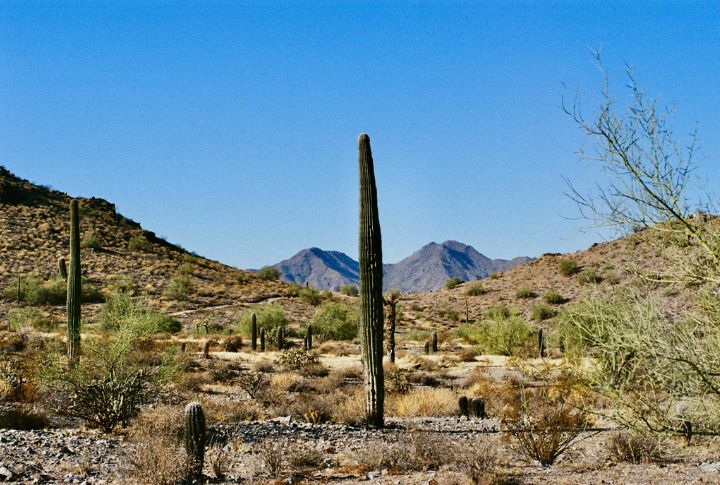
If you’re hoping for grassy lawns and leafy trees, Arizona might surprise you because most neighborhoods rely on gravel and cacti instead. It’s low maintenance, sure—but also low shade. Without greenery, the outdoors can feel harsher. You will definitely miss those softer, greener scenery you had left behind.
Wildlife Encounters
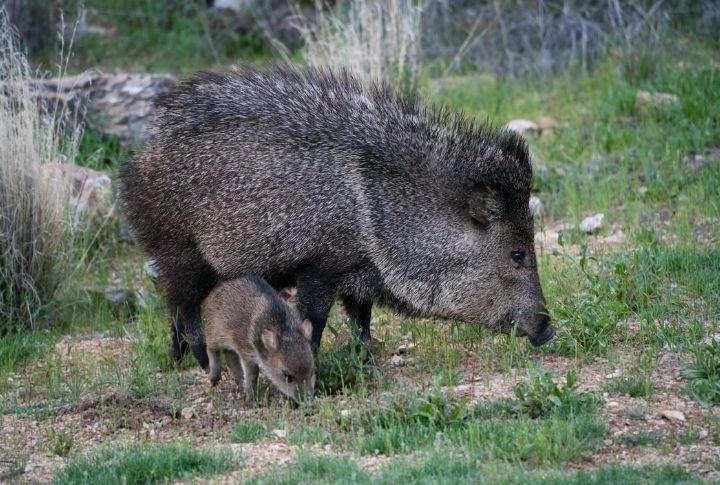
Retirees unfamiliar with desert pests may find the need for year-round vigilance and professional pest control a frustrating adjustment. In Arizona’s arid climate, scorpions, rattlesnakes, and spiders like black widows become active as temperatures rise. Though rarely life-threatening, interactions can be painful and disruptive.
Snowbird Crowds
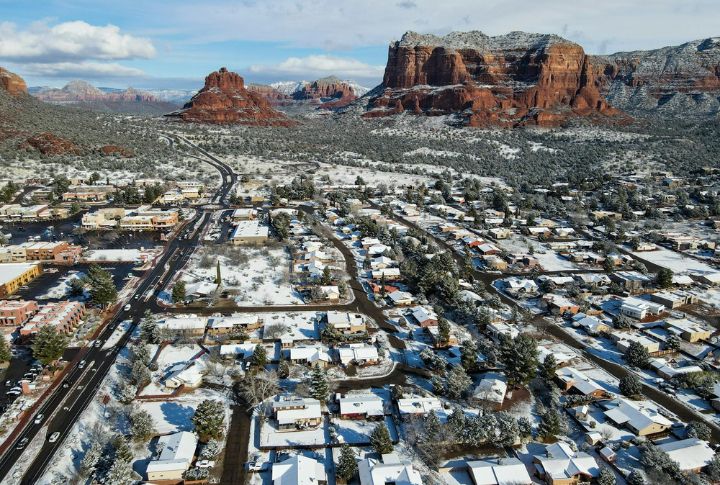
Each winter, snowbirds (i.e., seasonal visitors) flood Arizona. They fill up roads, restaurants, parks, and every other place in the town. This also means that local prices spike. And though seasonal visitors fuel the economy, year-round retirees may feel squeezed in their own towns during those months.
Traffic & Urban Sprawl

Phoenix and Tucson have grown outward, not upward. Suburban sprawl has increased drive times and overwhelmed major roads. Congestion peaks during rush hour. Meanwhile, transit coverage stays limited. For retirees, the spread-out layout and traffic delays make daily outings less convenient—and sometimes more stressful.
Healthcare Access
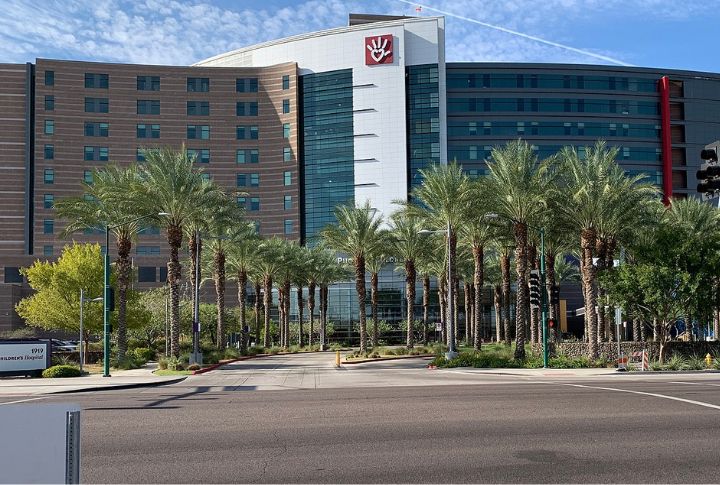
Arizona offers several highly rated hospitals and medical centers, particularly in urban areas like Phoenix, Scottsdale, and Tucson. However, access to healthcare varies significantly by location. Metro areas do have major facilities and a wide range of specialists, but rural and smaller communities? They face shortages in both primary care and specialized services.
